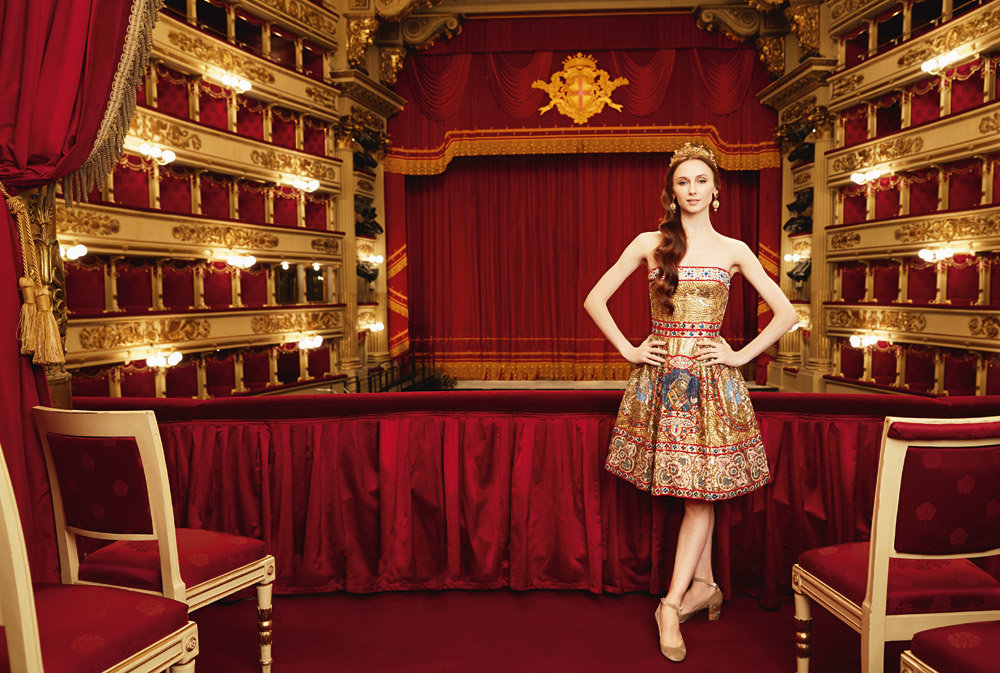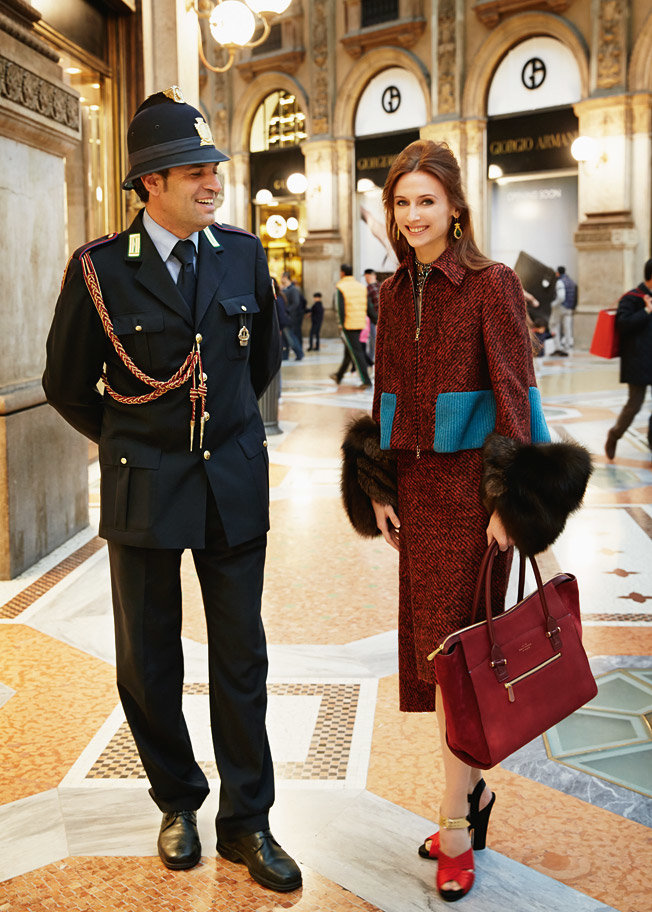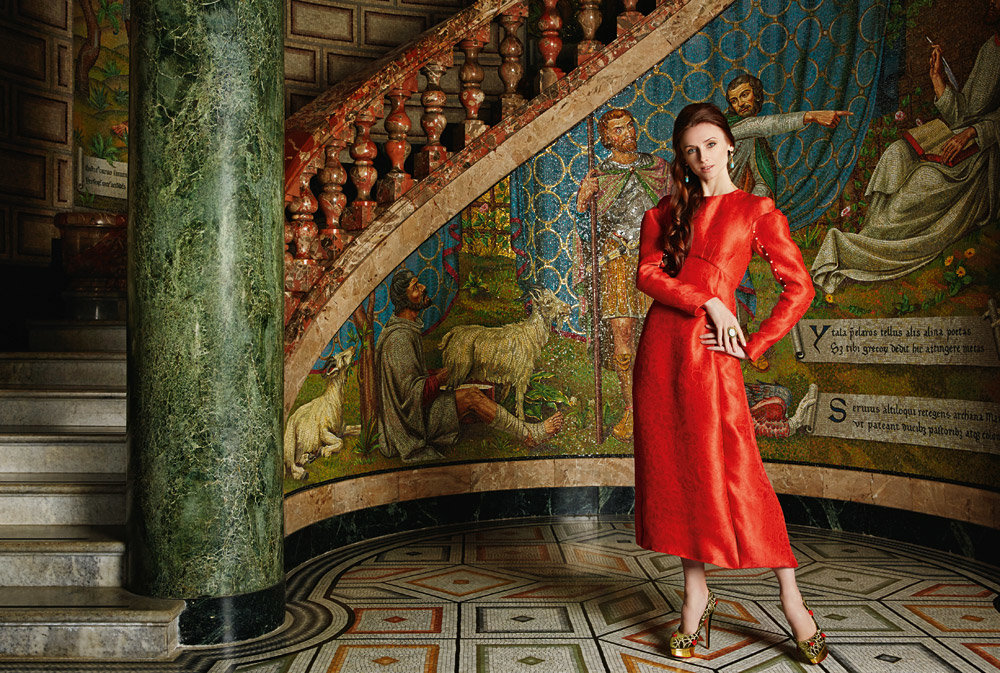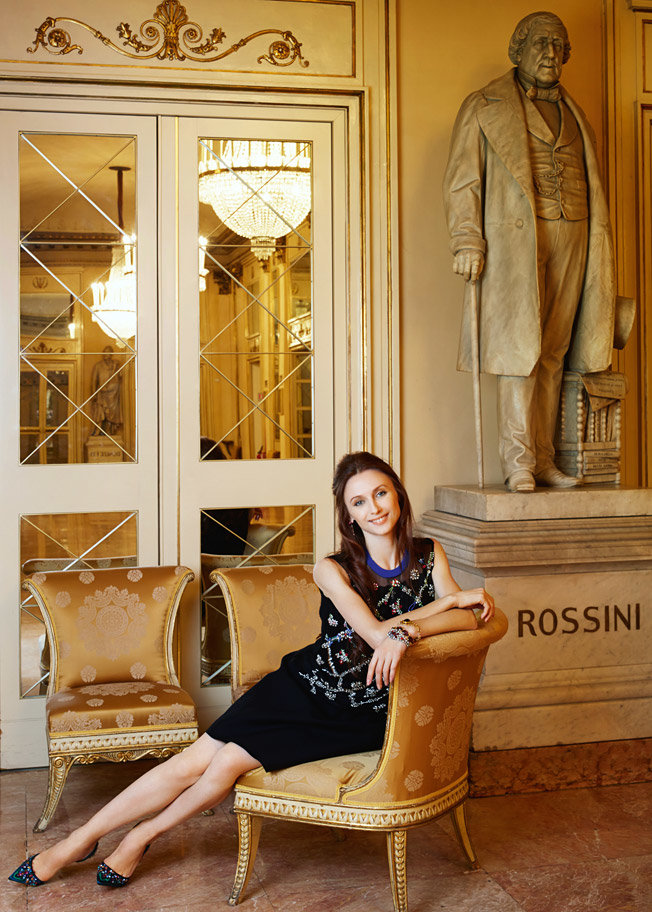The Bolshoi Theatre prima Svetlana Zakharova on sprinter artists, Japanese mentality, and her craving to play vivid personalities

{module Ads Elite (xx)}
> This season, we've launched a new show on Russia's Kultura TV channel: it is called Big Ballet. Technically, it’s a competition for young ballet dancers from major Russian musical theaters. A regular ballet show runs for three hours, and usually it gradually, step by step, builds up to the famous acrobatic pas de deux. During the competition, dancers only have ten or twelve minutes to show off all their skills. Not everybody likes that. After all, ballet is not a sport.
> There isn’t any clear criteria for evaluating mastery in modern ballet, so whether the audience will love a dance or not, depends mostly on the choreographer’s talent. It is even more complicated with classic ballet, as everybody has seen it performed by great artists. Although classic ballet can vary: technical, with jumps and pirouettes, or lyrical, weightless and elegant.
> At Big Ballet, we have a duet from Japan, representing the Tatarstan State Opera and Ballet Theater. You know what to expect from them: they will deliver expert and accurate dancing, just like they were taught at the Moscow State Academy of Choreography, and they will precisely follow all of the teachers’ instructions.

> It seems to me, the Japanese specialize in polishing a product to perfection. They will look a hundred times before they leap, in anything they work on: construction, electronics, cars, and even food. In Japan, you can taste Italian and French food, cooked accurately and in perfect proportions. Sometimes it’s even better than the original food. In my repertoire, I have a dance by Japanese choreographer Motoko Hirayama, called Revelation. When I saw Motoko perform this dance herself, I was so impressed that I asked her to teach me to do it. For many years I’ve been dancing Revelation all over the world, and it’s hugely popular.
> I like joking on stage. It gets a little boring to dance only serious stuff. So when planning my next special evening at the Bolshoi Theatre, I start with ballets by Yuri Possokhov and Patrick de Bana, and then a ballet by Marguerite Donlon. She has a sense of humor that I hope the audience will share. I’d like to see the spectators go home in high spirits.

> I enjoy playing vivid personalities. When I found out that Yuri Possokhov and Kirill Serebrennikov would produce A Hero of Our Time ballet at the Bolshoi, I reread the novel and found a role for myself in each part. I wanted to be Bela, Undina the bandit, or Vera, who is so full of passion. But Yuri Possokhov, the choreographer of the production, said, "You are going to be Princess Mary." I had no idea what to do with this part. Mary is an educated and reserved girl, very well-mannered, perfect in every way. It’s extremely hard to express this kind of purity. It has no bright colors, just undertones. It took me a long time to develop Mary’s image and behavior. I was so relieved when Kirill said Mary has a scene where she goes crazy, where her soul is almost torn apart by everything that’s happened to her. For me, this scene became the high point of the whole show.
> This year, Multimedia Art Museum in Moscow hosted an exhibition entitled Svetlana Zakharova. Stop Frame. It was a joint project with Vladimir Fridkes: on-stage and backstage photos, plus a large series of black-and-white studio photos. Ballet is a closed art; allegedly, there’s an invisible divide between the artist and the audience. We were aiming to eliminate this divide.

> I’d like to be in a movie, not necessarily about ballet. If it’s destined to happen, there will be a director who’ll offer me a part.
> My mother is a choreographer, she’s been teaching children for years, and she understands them really well. Young artists need to have a goal, to know that they are pre paring for something, not just rehearsing. As a child, I thought any performance was a holiday. Recently, it occurred to my mother and I to hold a charity festival for kids, Svetlana. Last year, we held it for the first time at Luzhniki: 400 kids on one stage, 3,000 spectators. It wasn’t all ballet. Of course, we saw some immaculate performances by students of Moscow State Academy of Choreography, Lavrovsky Ballet School, and my students from Saratov. But kids from other genres did a terrific job of their performances, too. Krasnogorsk, Ulyanovsk, Vladikavkaz, Ekaterinburg, Orenburg, Izhevsk – all of Russia. We’re going to hold this festival every year, already we are preparing for the next one.
> I have a charity fund that benefits theater students and veterans. When you reach a certain height, you mustn’t stay focused on yourself; you need to look around you. Even the tiniest help you offer may prove really important for the person who receives it.

1. “for many years i have had the right and possibility to choose my shows and the partners i want to dance with. once you get used to this freedom, it sucks you in. i don’t depend on anybody. except for maybe the choreographers i wait and search for”
2. “to me big ballet reminds a theater show. Participation here is more important than victory. meanwhile, the audience gets to see the diversity of the art of ballet, both classical and contemporary. some participants are sprinters, they can come out and immediately show you what they’re worth. i call these duets competing, and they will always get the awards” big ballet
● Big Ballet show on Russia's Kutura channel is a competition for fourteen dancers from six leading Russian musical theaters: the Bolshoi (Moscow), the Mariinsky (St. Petersburg), and the Mikhailovsky (St. Petersburg) theaters, the Krasnoyarsk State Opera and Ballet Theatre, the Perm Academic Opera and Ballet Theatre, and the Tatarstan State Academic Opera and Ballet Theater named after Musa Jalil.

● The ambitious project is curated by famous Russian dancer and choreographer Anna Abalikhina. Anna makes the most of modern television and dance, creating truly unique multimedia performances for the contestants.
● The jury includes giants of the world ballet from Russia, France, and China, such as director Vladimir Vasilyev, choreographer Farukh Ruzimatov, prima ballerinas Natalia Osipova (London Royal Ballet), Svetlana Zakharova and Evgenia Obraztsova (Bolshoi Theatre).
